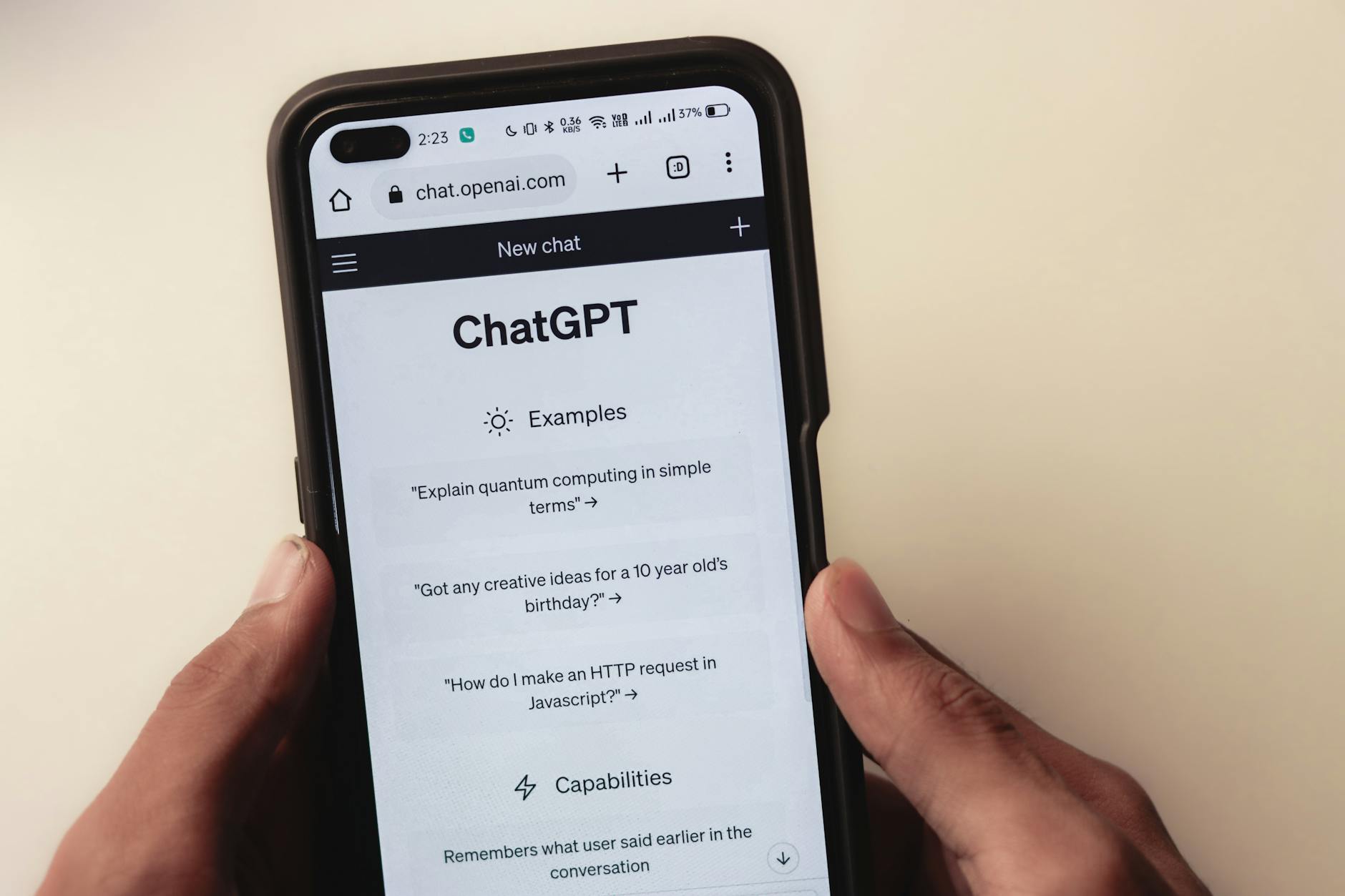Researchers Uncover Simple Prompt for Hyper-Creative AI | New Strategies for Enterprise AI Onboarding & Structured Code Generation

Key Takeaways
- * A new prompt engineering method, “Verbalized Sampling,” dramatically boosts AI creativity and output diversity by prompting models to reveal their full probability distributions, addressing “mode collapse” without retraining. * Enterprises are adopting formal “AI onboarding” processes—treating AI agents like human hires with job descriptions, training, and performance reviews—to govern probabilistic systems and mitigate risks like bias, hallucinations, and data leakage, leading to new “PromptOps” roles. * The Codev platform is transforming AI-assisted software development by treating natural language specifications as executable code, using multi-agent systems to generate production-ready, documented applications and move beyond unstructured “vibe coding.”
Main Developments
This week’s AI news highlights a crucial pivot: from experimental hype to practical, governed, and increasingly sophisticated real-world application. A standout revelation comes from researchers at Northeastern, Stanford, and West Virginia Universities, who’ve discovered an ingeniously simple method to unlock unprecedented creativity and diversity from generative AI models. Termed “Verbalized Sampling” (VS), the technique involves adding a single sentence to prompts: “Generate 5 responses with their corresponding probabilities, sampled from the full distribution.” This prompt engineering trick bypasses the “mode collapse” phenomenon, which often leads to repetitive AI outputs, by inviting the model to verbalize its internal distribution. Tested across creative writing, dialogue simulation, open-ended QA, and synthetic data generation, VS consistently increased diversity by significant margins while maintaining quality, with larger models like GPT-4.1 and Claude-4 showing even greater gains. This lightweight, inference-time fix is poised for rapid adoption, offering developers and users a powerful tool to make AI outputs less predictable and more human-like.
As AI models become more versatile, enterprises are grappling with the operational complexities of integrating these powerful but probabilistic systems. VentureBeat AI reports on the critical need for “AI onboarding”—treating AI agents with the same rigor as new human hires. Companies are urged to define roles, provide contextual training (preferably via Retrieval-Augmented Generation or RAG for better traceability and reduced hallucinations), conduct simulations before production, and implement cross-functional mentorship. The real-world costs of skipping proper governance are tangible: from Air Canada’s liability for chatbot misinformation to the EEOC’s first AI-discrimination settlement. The article emphasizes ongoing monitoring, user feedback loops, regular audits, and succession planning for models, predicting the rise of “AI enablement managers” and “PromptOps specialists” who act as “teachers” for these dynamic systems. This structured approach is vital for banks and other enterprises focusing on internal copilot use cases to boost efficiency while constraining customer-facing risk.
This shift towards structured engagement with AI is also evident in software development. The new open-source platform, Codev, addresses the “vibe coding” hangover—the rapid prototyping that often results in brittle, undocumented code. Codev proposes treating natural language specifications as the “actual code” of the system, which is then “compiled down into Typescript by our agents.” Its SP(IDE)R protocol guides a multi-agent team through stages of Specify, Plan, Implement, Defend, Evaluate, and Review, with human oversight at each step. In a direct comparison, Codev transformed a vague request into a production-ready application with 100% functionality and comprehensive tests, a stark contrast to a vanilla vibe-coding attempt that yielded a demo lacking core features. This framework redefines the developer’s role from hands-on coder to system architect and reviewer, highlighting the growing importance of senior engineers in guiding AI for high-quality outcomes.
Underpinning these advancements are crucial infrastructure developments. Google, for instance, is now allowing developers to integrate live Google Maps data directly into Gemini-powered AI applications. This unique advantage provides real-time, factual geospatial grounding for AI outputs, enabling richer, location-aware experiences for travel planning, local recommendations, and more. Meanwhile, the proliferation of vector databases—essential for semantic search and generative AI—is creating “stack instability” for enterprises. The solution, according to VentureBeat AI, lies in abstraction layers like Vectorwrap, which offer a portable interface across disparate vector DBs. This allows companies to prototype quickly and scale safely without vendor lock-in, emphasizing that abstraction is becoming a strategic imperative for agile AI deployment.
Analyst’s View
Today’s news signals a maturing AI ecosystem where the focus is shifting from “what AI can do” to “how we can effectively and responsibly integrate AI.” The Verbalized Sampling discovery is a game-changer, showing that even simple, inference-time prompt adjustments can unlock significant latent potential, democratizing access to more creative AI outputs. Coupled with the urgent call for robust AI onboarding and the Codev framework for structured development, it’s clear that human ingenuity in crafting interaction protocols and governance is paramount. The “teacher is the new engineer” sentiment isn’t just a catchy phrase; it’s a blueprint for successful AI adoption. The challenge now lies in scaling these best practices and fostering a workforce skilled in architecting, teaching, and reviewing AI, rather than merely operating it. The future of AI will be defined not by raw model power alone, but by the thoughtful frameworks and human guidance that turn probabilistic systems into predictable, valuable team members.
Source Material
- The teacher is the new engineer: Inside the rise of AI enablement and PromptOps (VentureBeat AI)
- Researchers find adding this one simple sentence to prompts makes AI models way more creative (VentureBeat AI)
- Codev lets enterprises avoid vibe coding hangovers with a team of agents that generate and document code (VentureBeat AI)
- Developers can now add live Google Maps data to Gemini-powered AI app outputs (VentureBeat AI)
- Abstract or die: Why AI enterprises can’t afford rigid vector stacks (VentureBeat AI)